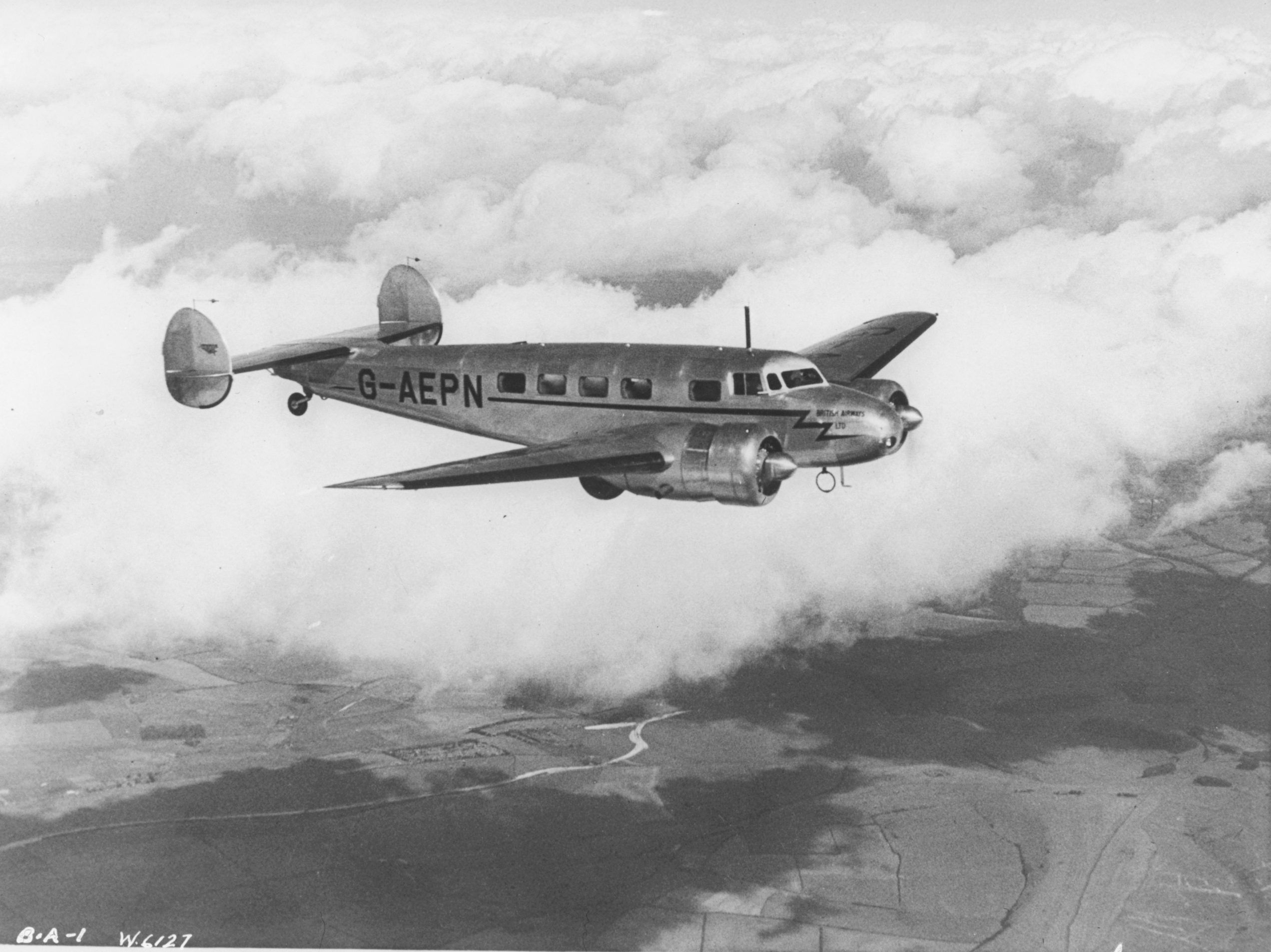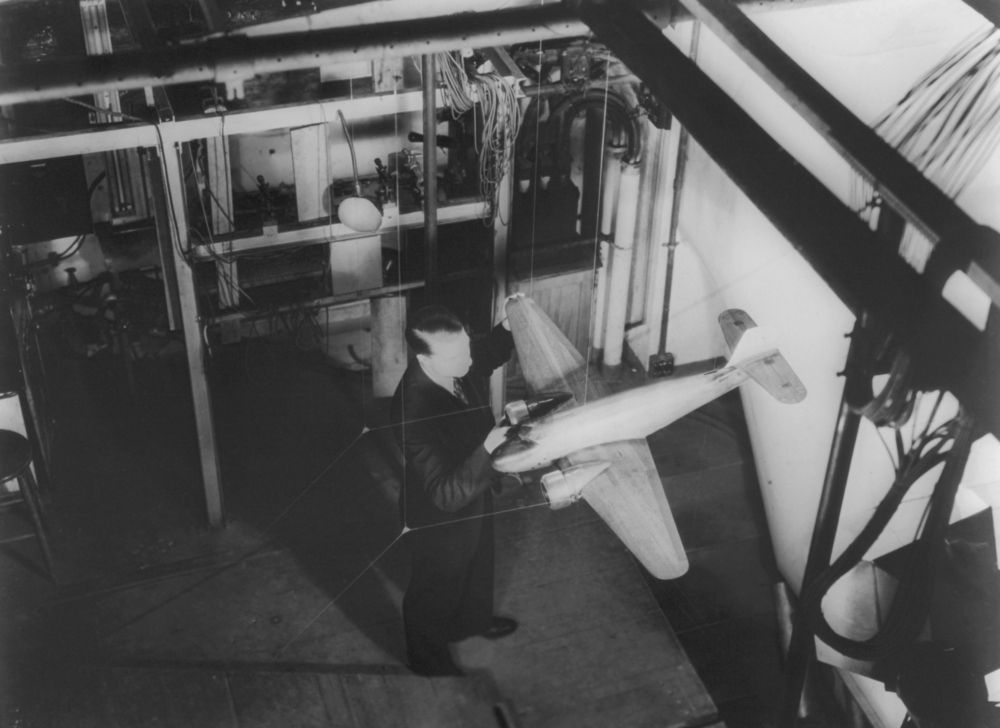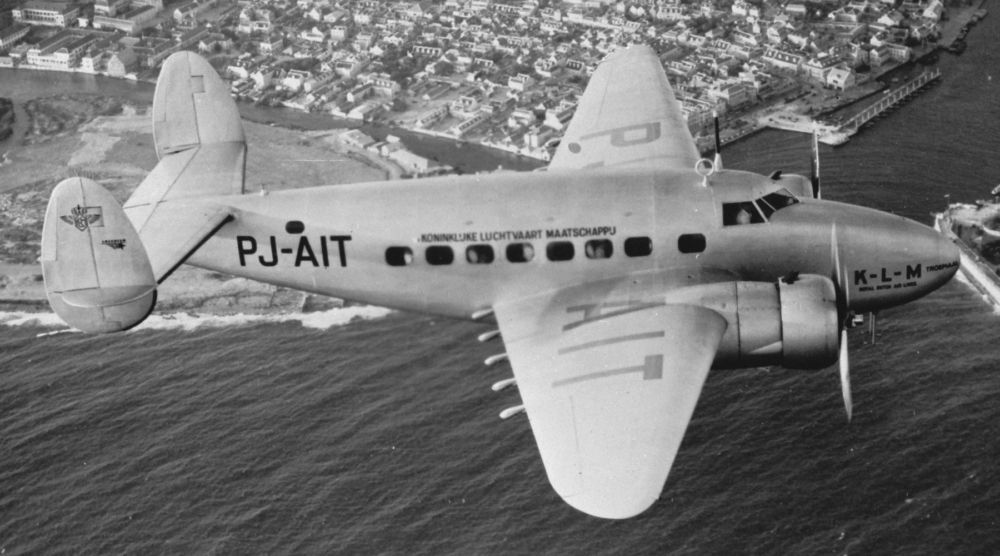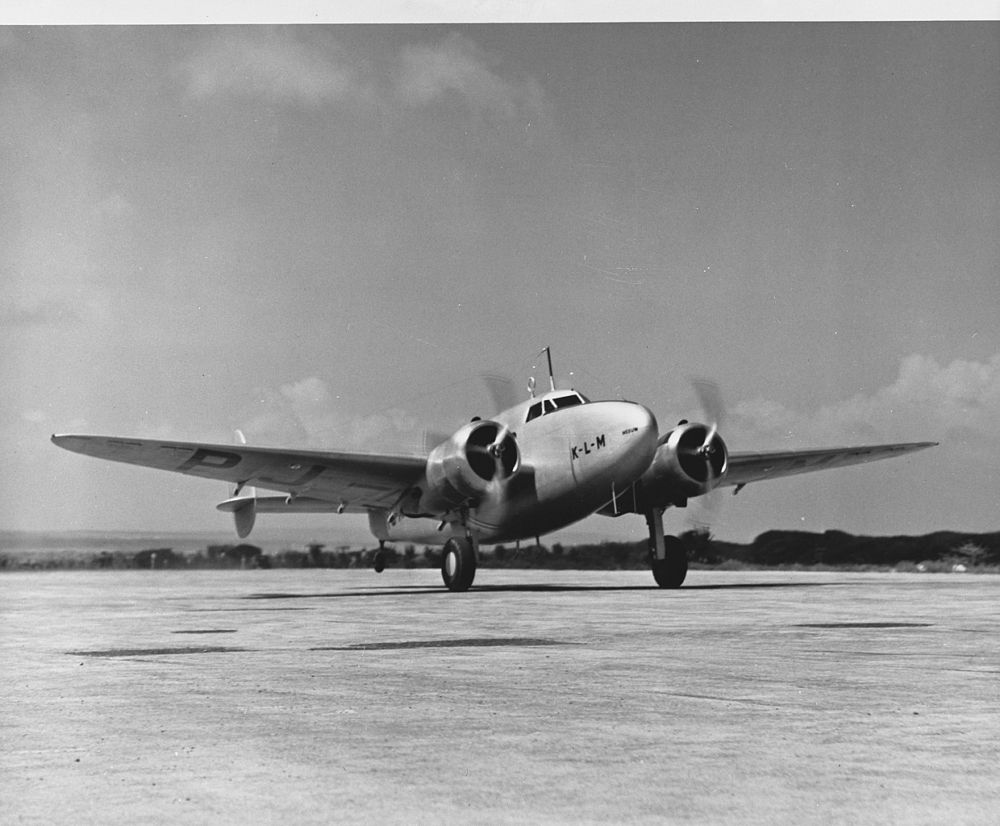In the early 1930s, Lockheed Aircraft Corporation developed the Electra twin-engine, twin-tail aircraft. Given the designation "Model 10," the Electra would become a signature Lockheed design and form the foundation for the larger Model 14 Super Electra. Let's take a look at the Super Electra's story.
Building on the Electra's success
The Lockheed Model 10 Electra would be the company's first all-metal airplane and the first to be outfitted with twin engines, representing a big step forward in aircraft technology.
This design was established when Clarence L. “Kelly” Johnson realized that a single-tail configuration lacked stability. Johnson recommended a twin-tail design to the engineers at Lockheed, "with the rudders placed directly behind each engine as well as related design revisions." Becoming a signature Lockheed design, the twin-tails far outperformed initial designs.
According to Lockheed Martin, the Electra name came from a star in the Pleiades cluster —but also carried the designation Model 10, which was the next available model number in the Lockheed line. Lockheed would go on to produce a smaller, faster, version of the Model 10, in the form of the Model 12 Electra Junior. This version had a 23% reduction in its wing area but achieved a top speed of 225mph (195.5kts).
Lockheed would then go on to develop the Model 14 Super Electra. The 'super' in its name says it all as the aircraft would be an enlarged Model 10 Electra.
In to the history books
"The Electra’s bigger cousin, the Model 14 Super Electra caught the eye of a man who seemed determined to conquer the skies," Lockheed Martin notes on its website.
That man was the famous American business magnate, film director, and philanthropist Howard Hughes. In 1938, Hughes set out to set a speed record for an around-the-world flight. His aircraft of choice was the Super Electra, which he asked Lockheed to equip with 1,100-horsepower engines and the latest in radio and navigation equipment.
According to Lockheed Martin, "the Electra proved more than up to the task," with its average speed of 206.1 mph (179kts). With this average speed, Hughes managed to fly around the world with a flight time of just 71 hours, 11 minutes, and 10 seconds.
For a closer look into Hughes' impressive feat, Simple Flying has written an article on the record-setting flight.
International attention
Lockheed’s Model 14 Super Electras sold particularly well to foreign commercial carriers. Indeed, the aircraft was meant to go head-to-head against the Douglas DC-3. The Super Electra's design had two particular advantages over the DC-3, however. The Model 14 would have a 45-mph speed advantage while its 'Fowler' flaps reduced approach and landing speeds.
By 1937, $5 million in orders would be placed for the Model 14. Adjusted for inflation, $5 million in 1937 would equate to $94.8 million in 2021. Ultimately, Lockheed would build 112 Super Electras "that could be seen taking off and landing at airports from Poland to Japan."
The Super Electras spotted in Japan may not have been built by Lockheed, however. In fact, 119 were built under license in the country by the Tachikawa Aircraft Company. While they would be Super Electras by design, the planes would be designated Tachikawa Type LO Transport Aircraft (Thelma). Then, another 121 would be built by Kawasaki Aircraft Company under the designation Kawasaki Type 1 cargo transporter. However, this aircraft's fuselage was lengthened by 1.4 m (4 ft 7 in) to enable the fitting of larger cargo doors.
Did you know about the Model 14 Super Electra? Have you seen one for yourself in a museum? Let us know in the comments.




